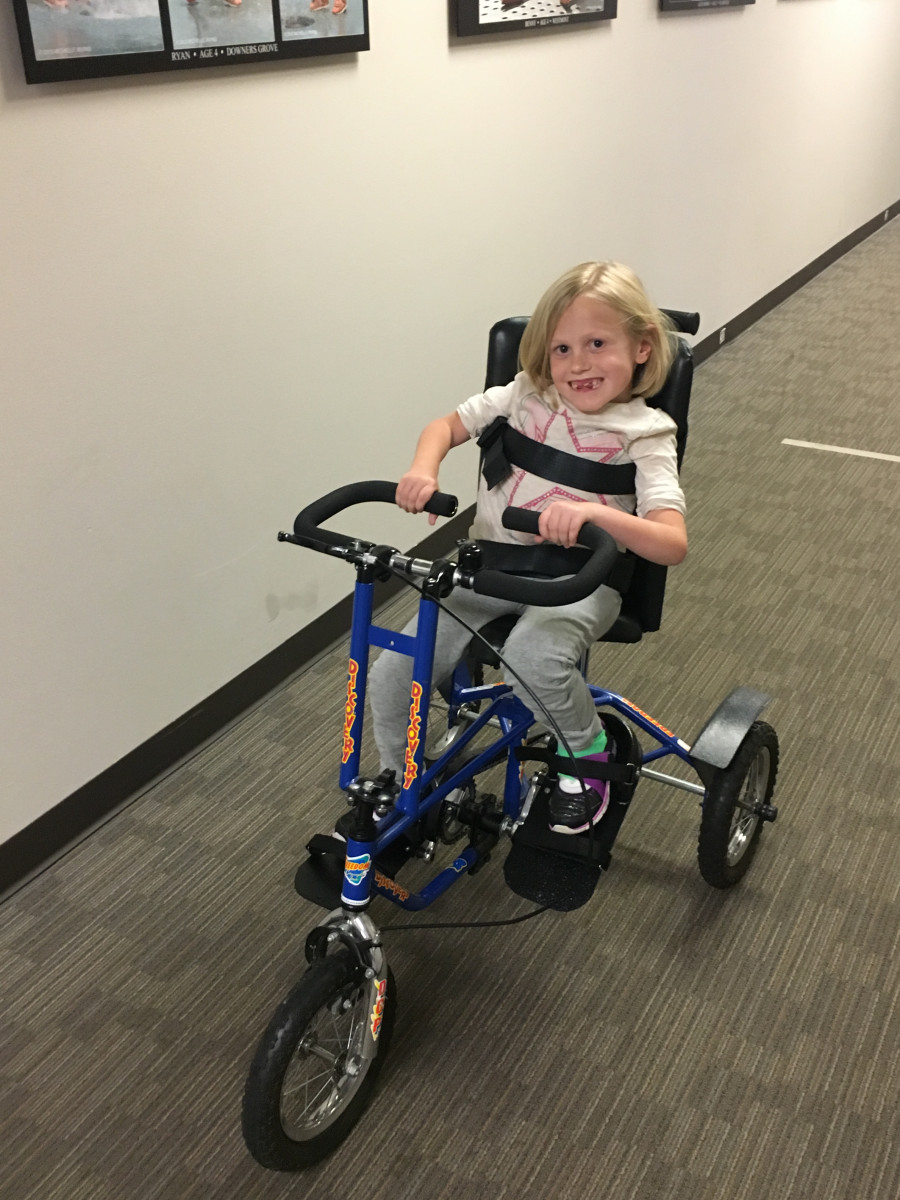Study on SMA’s Progression in Infants Could Lead to Better Trial Designs, Researchers Contend

An Ohio State University study of the way that SMA progresses in infants could help companies do a better job of designing clinical trials for therapies to combat the disease.
Topics the study dealt with included the infants’ movement function and potential biomarkers of their disease. Titled “Natural history of infantile-onset spinal muscular atrophy,” it appeared in the journal Annals of Neurology.
SMA is a genetic disease affecting the lower part of the brain and spinal cord, which control voluntary muscle movement. The condition is characterized by leg muscle weakness that begins in infancy and early childhood, and progresses slowly.
When symptoms are present at birth or at the age of six months, the disease is called type 1 SMA, or infantile-onset. It is the most common genetic cause of infant mortality, typically before age two.
The study was designed to mimic a clinical trial. Researchers investigated movement function in 26 infants with the most severe form of SMA and 27 controls, all younger than six months of age. Subjects were recruited at 14 centers in the National Network for Excellence in Neuroscience Clinical Trials Network. It is part of the National Institute of Neurological Disorders and Stroke.
Researchers checked the infants’ levels of potential physiological and molecular biomarkers at the start of the study and when they were six, nine, 12, 18, and 24 months old. Twenty-three controls and seven SMA infants completed the study.
The median age of survival of the infants, who had two copies of the SMN2 gene, was eight months. The number of copies of SMN2 correlates with the disease’s severity.
The babies’ movement capabilities deteriorated during the study, the team found. They also found a correlation between their movement abilities and their risk of death.
“Clinical trials in this population require an understanding of disease progression and identification of meaningful biomarkers to hasten therapeutic development and predict outcomes,” Dr. Stephen J. Kolb, who directs the university’s ALS/Motor Neuron Disease Translational Research Program, said in a press release.
The control data obtained “contributes to our understanding of postnatal neuromuscular development and provides a first benchmark to indicate full recovery in SMA trials and optimal clinical management,” added Kolb, the study’s lead author.
As for the design of clinical studies, Kolb said the development of drugs that can modify SMA makes it unethical to enroll children whom researchers might want to treat only with placebo.
The study demonstrated that the National Network for Excellence in Neuroscience Clinical Trials Network can provide information on the course of a rare disease that could “accelerate public and private drug development programs” for them, the researchers wrote. It also could lead to “meaningful change in clinical trials in infantile-onset SMA,” they wrote.
According to an accompanying Annals of Neurology editorial, the study is “already serving as the gold standard for the natural history [disease course] of untreated infantile SMA.”







